The twin charms of Vietnam's past and present
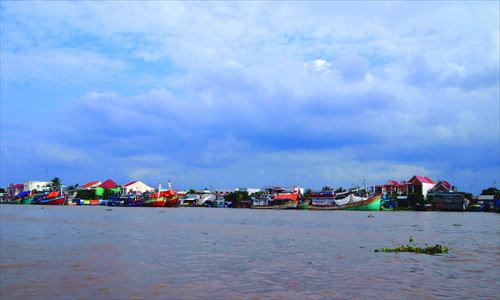
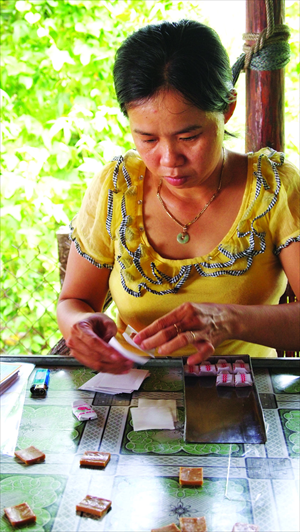
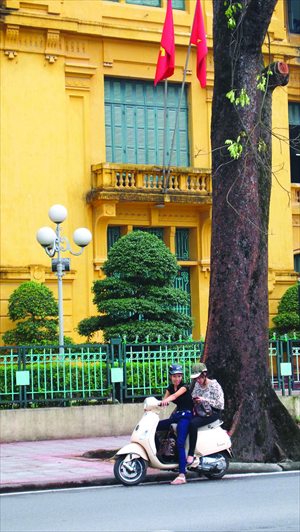
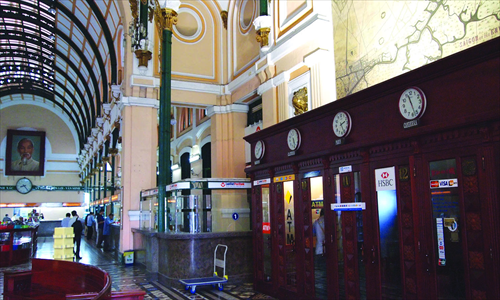
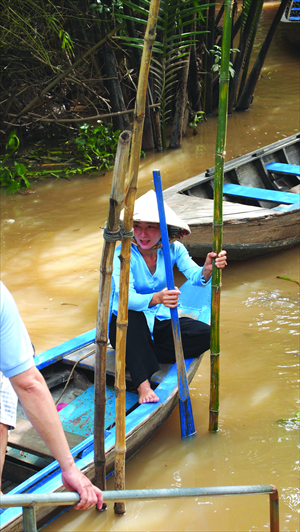
Ho Chi Minh City and Hanoi are two must-stop destinations for any traveler seeking to get the most out of a trip to Vietnam. Aside from the well-known tourist spots such as the ancient ruins in Hue or the nearby tropical beaches, these areas conceal a wealth of lesser-known destinations for the dedicated traveler.
Located in the south and north parts of the country respectively, the two cities express different aspects of the country. Ho Chi Minh City stands as a reminder of the nation's bitter colonial past, while Hanoi says more about Vietnam's present, where rapid development continues to transform the country.
"Saigon, Saigon."
Prior to my trip to Ho Chi Minh City, the largest city in Vietnam, my mental picture of the city, formerly called Saigon during the French colonial era in the 19th and 20th century, came from the descriptions in The Lover by French author Marguerite Duras (1914-1966). It was a hot, sticky, humid summer afternoon, when 15-year-old Duras first encountered her Chinese lover at a crowded, noisy dock by the muddy Mekong River. He passed her a cigarette case with a shaking hand, gingerly asking whether she would like to smoke.
For many travelers, this love story has given the Mekong River an aura of romance and nostalgia. On the first afternoon I arrived in Vietnam, I couldn't wait to see the true features of the river, which flows through Ho Chi Minh City and eventually pours into the South China sea.
When the skyline of the city appeared on the horizon, etched above the rusty, tan colored water, it took my breath away. I had taken a two-hour drive to a dock in Mytho town, departing from the city center.
I boarded a boat to sail across the river to my next destination, the islands in the middle of the water. From there, I floated on a wooden ferry through the narrow rivulets, to explore the tropical forests.
The glimpses into the lives of the inhabitants of the Mekong River represent the memories that will remain with me. For decades, the people living by the river have made their livelihoods from fishing, planting fruits and sailing wooden ferries for tourists.
"The boatmen are really poor, and your tips help them a lot," my guide reminded me before I left my ferry, which had two boatmen. They were short and skinny, and looked as if they were in their 50s. During the trip they didn't talk, they just rowed silently. When I took out my camera to photograph them, they gave me a friendly yet innocent smile as a response. But to me, their smiles concealed traces of bitterness.
Having visited the river islands, I went back to the city center of Ho Chi Minh, once dubbed the Paris of the East, which is famous for its cityscapes which embrace both western and eastern flavors. Walking through the city, one can't help but ponder over the French style architecture, a reminder of the city's colonial era which endured for decades.
A guidebook can inform you of all the city's scenic attractions which deserve a visit, such as the Reunification Palace, the Notre-Dame Cathedral, the Museum of Vietnamese History and City Hall.
For those who want to send postcards to friends and family members, the Main Post Office was mostly built in the 19th century, and has plenty of card options.
Feeling Hanoi's buzz
The two-and-a-half hour flight from Ho Chi Minh City to Hanoi took me from the nostalgia of Vietnam's past to its buzzing present. Compared with Ho Chi Minh City, Hanoi, the second largest city and political center of the country, is more like a modern metropolis where young generations thrive.
Half of the country's population was born after 1975, when the Vietnam War ended. This era of peace has led to rapid population growth, although family planning policies only allow each couple to have two children.
As with their foreign counterparts in other developing countries, every year a large number of young people in Vietnam flock to the capital for a better education and career development.
As I stood at an intersection in the city center, I could feel the dynamic power of the city. In front of shopping malls emblazed with designer products and ringed by new office buildings, I witnessed the spectacular movement of countless motorbikes driven by young men and women as the traffic lights turned green. It was like the sudden rise then ebb of tidewaters.
The areas surrounding Hoan Kiem Lake are the core part of the city. The lake is also known as Sword Lake, after a legend in which a golden tortoise under the lake returns a magic sword to emperor Le Tai To, a hero who led a revolt against Chinese rulers during China's Ming Dynasty (1368-1644).
Amid the chaos of the city, it's always a pleasure to stop and enjoy a cup of Vietnamese coffee at a small café in the lake district, where you can acquire contrasting images of the city. You can experience peace and quiet during the morning when local residents gather to conduct their morning exercises, then later, you can also feel the passion of the locals when young lovers arrive on motorbikes to enjoy a romantic evening.
Hanoi is also a place to learn about the country's revolutionary history. Near Ba Dinh Square are Ho Chi Minh's former compound and the Ho Chi Minh mausoleum, in which the embalmed body of the former Vietnamese leader is preserved.
For the budget traveler however, there is one compelling reason to visit Vietnam - it's both cheap and convenient to travel there from Beijing. According to a recent survey, Hanoi is the cheapest city in the world when it comes to a stay in a four-star hotel, as well as delicious foods and cocktails, and even low-cost taxis.